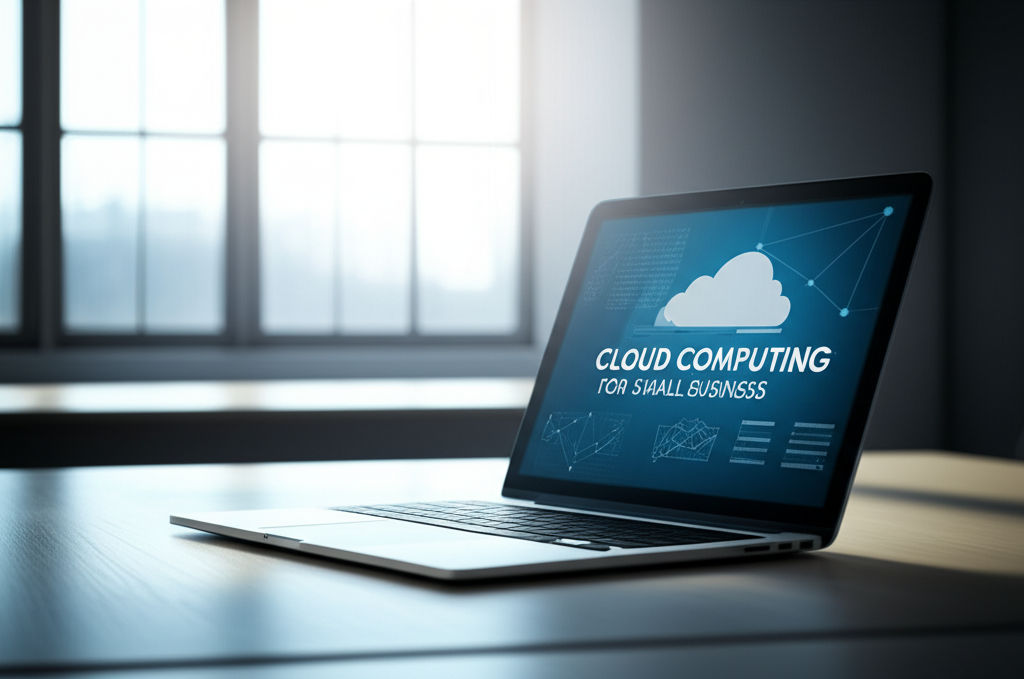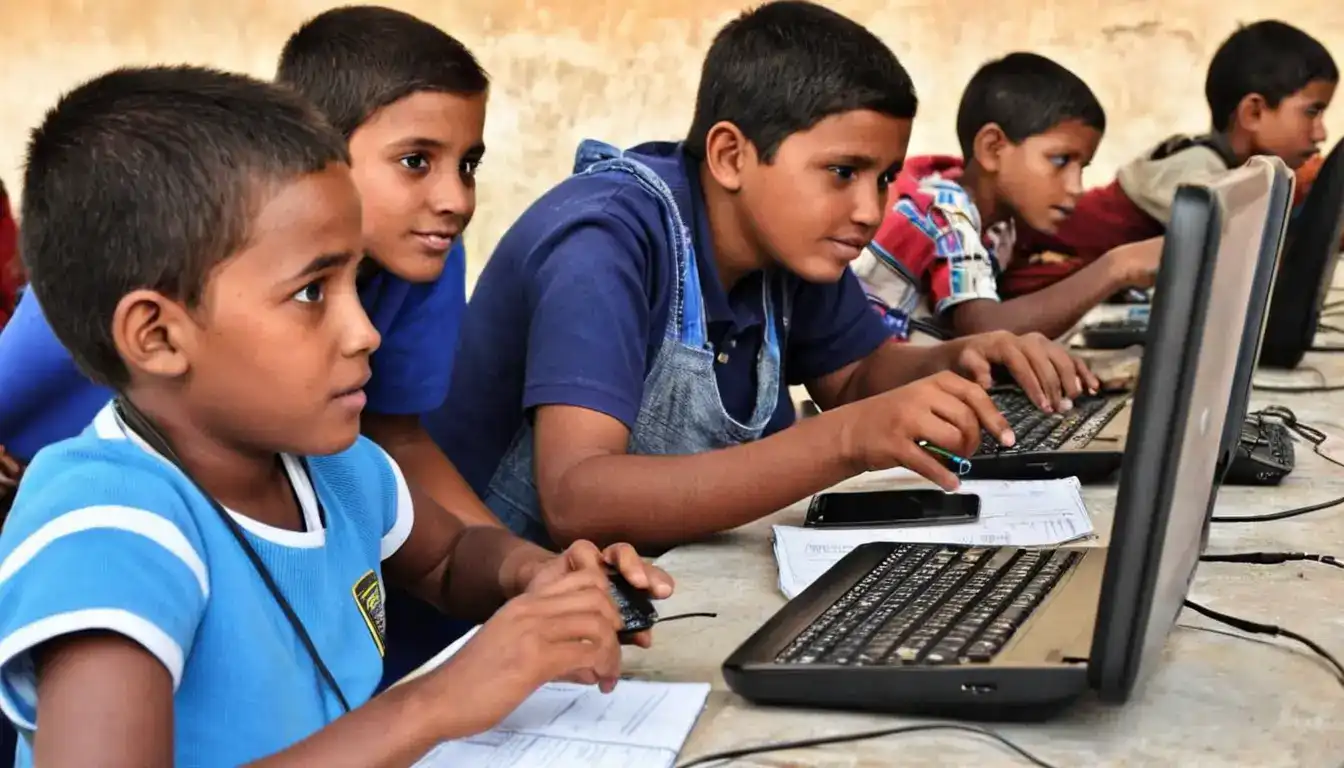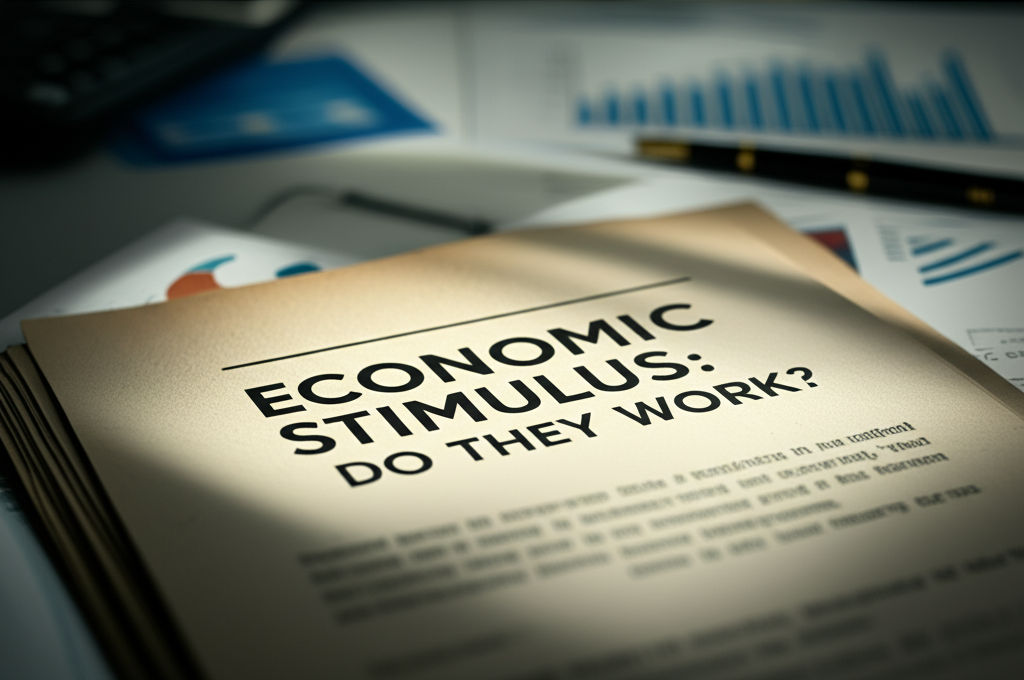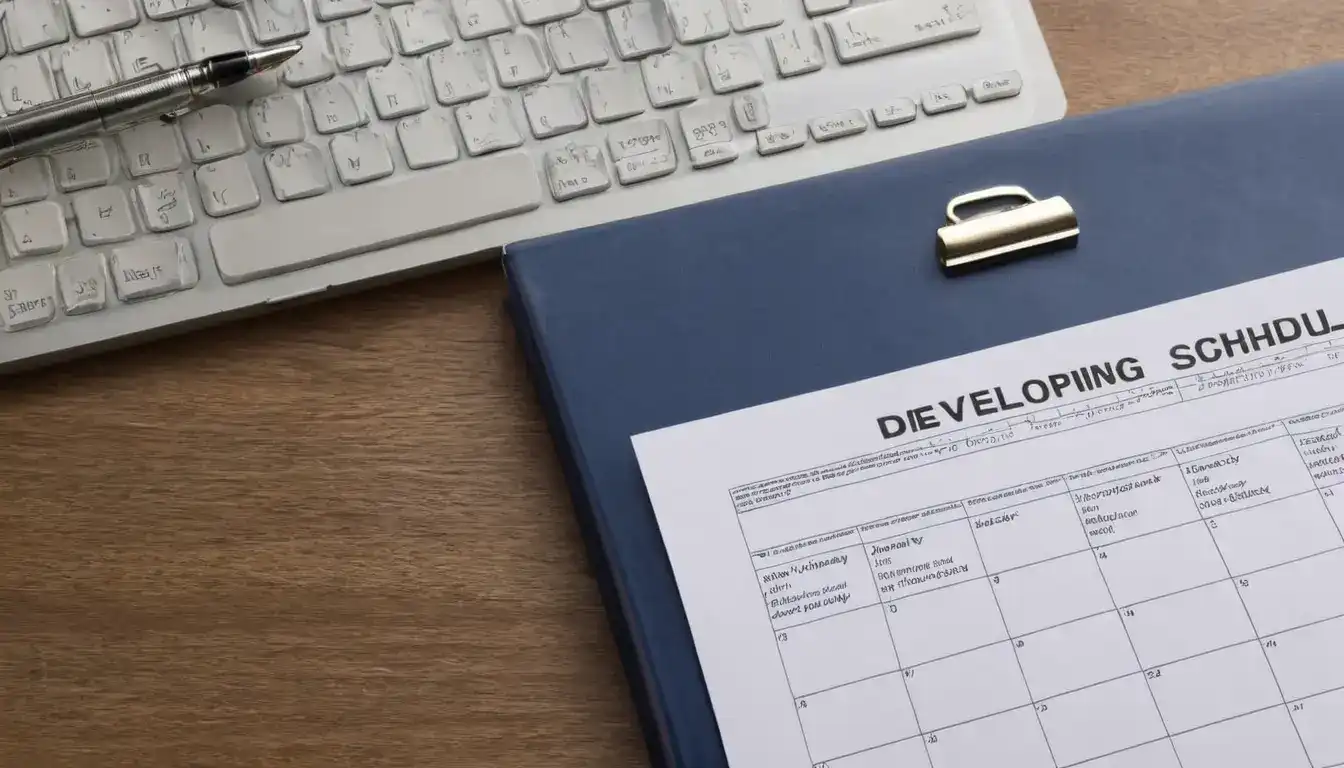Tips for Maintaining a Balance Between Work and Personal Life
Emily Willis

Photo: Tips for Maintaining a Balance Between Work and Personal Life
it can be challenging to juggle the demands of work and our personal lives. Achieving a healthy balance between the two is essential for our well-being, productivity, and overall happiness. Here are some tips to help you maintain a harmonious equilibrium between your professional and personal domains.
Understand the Importance of Work-Life Balance
Before delving into strategies, let's first acknowledge the significance of striving for work-life balance. When we prioritize our time effectively, we reap benefits such as:
- Improved mental and physical health: Reducing stress, anxiety, and the risk of burnout leads to better overall health.
- Enhanced productivity: Well-rested and content individuals tend to be more focused and efficient at work.
- Increased satisfaction: Achieving a sense of balance contributes to higher life satisfaction and overall happiness.
- Stronger relationships: When we dedicate time to our personal lives, we nurture our relationships and social connections.
- Better time management: Learning to balance work and life teaches us valuable time management skills.
Set Clear Boundaries
The first step towards achieving work-life balance is setting clear boundaries between your professional and personal time. Here are some ways to do that:
- Establish specific work hours: Determine your ideal work hours and stick to them. Communicate these hours to your colleagues and clients, and try to maintain a consistent schedule.
- Create a dedicated workspace: Having a separate workspace helps you mentally differentiate between work and personal time. If you work from home, create a designated office space to 'leave' at the end of the day.
- Turn off notifications: To prevent work from intruding on your personal time, turn off email and work-related notifications during non-work hours. You can also set 'do not disturb' modes on your devices to create boundaries.
- Be mindful of overtime: While overtime may be necessary at times, avoid making it a regular occurrence. Discuss overtime expectations with your employer and ensure you're compensated or can take time off in lieu.
Prioritize Self-Care
Taking care of your physical and mental health is crucial for maintaining work-life balance. Here are some self-care strategies to incorporate into your routine:
- Practice stress management: Find healthy ways to manage stress, such as meditation, deep breathing exercises, or yoga. Incorporate these practices into your daily routine to help you stay calm and focused.
- Get enough sleep: Adequate sleep is essential for maintaining physical and mental health. Aim for 7-9 hours of quality sleep each night to feel rested and energized during the day.
- Stay active: Regular physical activity boosts your overall health and can serve as a stress reliever. Find an exercise routine that you enjoy, whether it's jogging, swimming, or dancing, and make it a part of your weekly schedule.
- Nurture your hobbies: Engage in activities that bring you joy and a sense of fulfillment outside of work. Whether it's painting, gardening, or playing an instrument, nurturing your hobbies can help reduce stress and provide a creative outlet.
- Unplug and relax: Dedicate time to unwind and relax. This could be reading a book, taking a warm bath, or simply enjoying a cup of tea. Make it a ritual to help your mind and body rejuvenate.
Manage Your Time Effectively
Effective time management is key to achieving work-life balance. Try implementing these strategies to make the most of your time:
- Create a schedule: Plan your days in advance by creating a weekly schedule. Allocate specific time slots for work, personal activities, and self-care. This helps you stay organized and ensures you're dedicating time to all aspects of your life.
- Prioritize tasks: Identify the most important and urgent tasks and tackle them first. Use tools like to-do lists, task management apps, or productivity techniques such as the Pomodoro Technique to stay focused and efficient.
- Learn to say no: It's okay to decline additional tasks or commitments if they interfere with your personal time or well-being. Be mindful of your limits and only take on what you can reasonably handle.
- Delegate when possible: If you're feeling overwhelmed, don't hesitate to delegate tasks to colleagues or seek assistance. Effective delegation can free up your time and help you maintain a healthier balance.
- Take breaks: Short breaks throughout the day can boost your productivity and prevent burnout. Step away from your desk, stretch, or take a short walk to refresh your mind and body.
Nurture Your Relationships
Our personal relationships are a vital aspect of a fulfilling life. Here's how you can ensure they get the attention they deserve:
- Schedule dedicated time: Make sure to schedule quality time with your loved ones. Whether it's a date night with your partner, a weekly call with a long-distance friend, or a family game night, mark these occasions in your calendar and treat them as non-negotiable commitments.
- Be present: When spending time with family and friends, be mentally present. Avoid checking work emails or taking work-related calls during personal time. Give your full attention to those around you to deepen your connections and create meaningful memories.
- Share responsibilities: If you're balancing work and family life, share household responsibilities with your partner or family members. Divide tasks according to each person's strengths and availability to create a supportive environment.
- Celebrate milestones: Don't forget to celebrate life's milestones and special occasions. Whether it's a birthday, anniversary, or a personal achievement, take the time to acknowledge and celebrate these moments with your loved ones.
Practice Effective Communication
Clear and honest communication is essential in maintaining work-life balance. Here's how to communicate your needs effectively:
- Talk to your employer: Discuss your need for work-life balance with your supervisor or employer. Express your dedication to your work while also conveying the importance of personal time. Many companies value work-life balance and may be open to accommodating your needs.
- Be transparent: Be transparent with your colleagues and clients about your availability and boundaries. Communicate your work hours and when you can be reached. This helps manage expectations and prevents misunderstandings.
- Seek support: If you're feeling overwhelmed or struggling to balance your responsibilities, don't hesitate to seek support. Talk to a trusted friend, family member, or consider seeking professional help to manage stress and maintain a healthy perspective.
Learn to Unplug
In today's always-on world, learning to unplug is crucial for restoring balance. Try these strategies to disconnect:
- Take regular breaks from technology: Designate tech-free periods during your day or week. For example, keep your phone away during dinner time or take a digital detox weekend where you refrain from using devices.
- Set device boundaries: Establish boundaries with your devices. For instance, keep your phone out of the bedroom at night or turn off work emails during vacations. This helps create physical and mental space away from work and reconnect with your surroundings.
- Practice being present: When spending time with family or engaging in hobbies, practice being fully present. Immerse yourself in the moment and savor the experience without distractions. This enhances the quality of your personal time and strengthens your connections.
Seek Support and Delegate
Achieving work-life balance doesn't mean you have to do everything alone. Enlist support and delegate tasks whenever possible:
- Outsource tasks: Consider outsourcing tasks that you don't have the time or energy for. This could include hiring a virtual assistant for work-related tasks or using a grocery delivery service to save time on errands.
- Seek childcare or eldercare support: If you're caring for children or aging parents, seek external support. Look into childcare options or eldercare services that can provide assistance and give you more time for yourself and other responsibilities.
- Lean on your community: Don't be afraid to ask for help from your community. Whether it's carpooling with other parents or organizing a neighborhood potluck, sharing responsibilities can free up time and strengthen your connections.
Conclusion
Achieving a healthy balance between work and personal life is a continuous journey that requires dedication and self-awareness. It's important to remember that this balance looks different for everyone, and it may shift at various stages of your life. By setting clear boundaries, prioritizing self-care, managing your time effectively, nurturing your relationships, and learning to unplug, you can create a harmonious and fulfilling life. Remember, it's not just about achieving success in your career, but also about cultivating happiness and well-being in all aspects of your life.
Latest ✨
View Allfinding a conducive study environment to enhance focus and concentration. It provides tips on understanding your needs, exploring different study options, transforming your space, and developing focused study habits.
Emily Willis
Deflation explained: Discover why falling prices can harm the economy. Learn its causes, effects, and how to protect your finances.
Emily Willis
Demystify venture capital funding! This guide helps aspiring entrepreneurs secure VC, understand its benefits, and determine if it's right for their high-growth...
Emily Willis
sleep for physical and mental well-being, discussing the benefits of sleep such as physical restoration, brain function, emotional regulation, concentration, and reduced risk of chronic diseases. It explains the different stages of the sleep cycle and provides guidelines for how much sleep individuals of different ages need.
Emily Willis
Business
View All
June 8, 2025
Team Building Activities for WorkUnlock workplace synergy! Discover how effective team building activities boost communication, engagement, innovation, and productivity for high-performing team...
Emily Willis

August 4, 2024
The Importance of Financial Management for Small and Medium Enterprises (SMEs)emphasizes the importance of effective financial management for small and medium enterprises (SMEs) in a competitive business environment.
Emily Willis

June 9, 2025
Cloud Computing for Small BusinessUnlock growth & efficiency! Discover how cloud computing empowers small businesses with cost savings & agility in the digital age.
Emily Willis
Economy
View AllUnpack the 17 Sustainable Development Goals (SDGs): a global blueprint addressing poverty, climate change, and inequality for a sustainable future.
Read MoreUnlock the secret of price elasticity! Learn how price changes affect demand, revenue, and your everyday purchasing decisions. Essential for businesses & shoppe...
Read MoreEconomic Stimulus: Do they work? Unpack government's toolkit, from fiscal to monetary policy, and understand their true impact on your economy.
Read MoreEntertainment
View All
August 5, 2024
Music Universal Language: Connecting and Inspiring Across CulturesMusic has the power to transcend language barriers and connect people on a deep emotional level. It serves as a bridge between cultures, fostering understanding and appreciation for diversity. The universality of rhythm and melody creates a sense of unity, while the diversity of musical styles allows for exploration and creativity.
Emily Willis

August 4, 2024
Profiles of Famous Artists Who Inspire the Younger Generationthe inspirational aspects of famous artists such as Vincent van Gogh, Frida Kahlo, Pablo Picasso, Banksy, Yayoi Kusama, Jean-Michel Basquiat, Georgia O'Keeffe, Andy Warhol, Kehinde Wiley, and Ai Weiwei. It highlights their perseverance, innovation, authenticity, social commentary, mental health advocacy, and representation, among other qualities, and how these aspects continue to inspire young artists to pursue their creative dreams.
Emily Willis

August 4, 2024
The Latest Music Trends, Artists Influencing Pop Culture, and How Digital Platforms Facilitate the Distribution of Music GloballyThe music industry is constantly changing due to consumer preferences, technology, and the influence of artists. Digital platforms have revolutionized music creation, distribution, and consumption, leading to genre fusion, the rise of independent artists, and collaborative projects. Influential artists like Billie Eilish, BTS, and Taylor Swift have shaped pop culture globally. Streaming services, social media, and direct-to-fan engagement have transformed music distribution. Digital platforms also promote cultural diversity and inclusivity, expand markets and revenue, and drive technological advancements. The industry is also focusing on sustainability and ethical practices. To succeed in the future, stakeholders must embrace digital transformation and champion inclusivity.
Emily Willis
Health
View AllQuality sleep is essential for overall health and well-being, impacting physical, cognitive and emotional functioning. Lack of quality sleep can lead to a variety of health issues, including weakened immune function, heart problems, weight gain and cognitive impairment.
Emily Willis
Regular physical activity is crucial for maintaining long-term health and well-being. It has numerous benefits, including improving cardiovascular health, aiding in weight management, enhancing mental health, strengthening bones, boosting immune function, and promoting longevity.
Emily Willis
Heart disease is a leading cause of death globally, but early detection and prevention strategies can reduce its impact. This article discusses the importance of early detection, common risk factors, preventive measures, and lifestyle changes for heart health. Understanding heart disease, recognizing symptoms, and undergoing regular screenings are crucial. Common risk factors include high blood pressure, high cholesterol, diabetes, smoking, obesity, physical inactivity, and family history. Symptoms of heart disease include chest pain, shortness of breath, fatigue, irregular heartbeat, and swelling. Diagnostic tests and screenings include blood pressure measurement, cholesterol screening, blood glucose test, ECG, stress test, and imaging tests. Preventive measures include adopting a heart-healthy diet, regular physical activity, quitting smoking, managing stress, maintaining a healthy weight, and limiting alcohol consumption. Medications and treatment options may be necessary for individuals at high risk or diagnosed with heart disease.
Emily Willis
Trending 🔥
View All
2
3
4
5
6
7
8
10
Lifestyle


Sports
View AllAugust 5, 2024
Celebrating Sports Legends: Honoring Iconic Figures and Their Enduring Impact
Read MoreAugust 5, 2024
Sportsmanship in the Spotlight: Cultivating Respect, Integrity, and Ethical Behavior
Read MoreTechnology
View All
August 4, 2024
Bridging the Digital Divide: Ensuring Everyone Has Access to Technology
we can bridge this gap and create a more inclusive digital landscape.

August 4, 2024
The Rise of Edge Computing: Transforming Data Processing
Edge computing is a distributed computing model that processes data closer to its source, reducing latency, saving bandwidth, and enhancing security. It is transforming industries such as manufacturing, healthcare, retail, transportation, and energy by enabling real-time data processing and improving operational efficiency.

August 4, 2024
The Rise of Blockchain Technology: Applications Beyond Cryptocurrency
Blockchain technology, initially associated with cryptocurrencies, has expanded to have diverse applications across industries. It is a decentralized digital ledger that ensures secure, transparent, and immutable transactions. Beyond cryptocurrency, blockchain has been applied to supply chain management, healthcare, voting systems, smart contracts, digital identity verification, real estate transactions, and supply chain finance. Future trends include enhancing interoperability, addressing scalability issues, and exploring regulatory frameworks. Overall, blockchain technology has the potential to revolutionize various sectors by enhancing efficiency, security, and trust in operations.

August 4, 2024
All-Time High Cybersecurity Breach: How to Safeguard Your Company and Personal Information
threat of cybersecurity breaches in today's digital age, highlighting factors contributing to the rise in cyberattacks such as increased reliance on technology, evolving threats, remote work, and profit motive for cybercriminals.


















